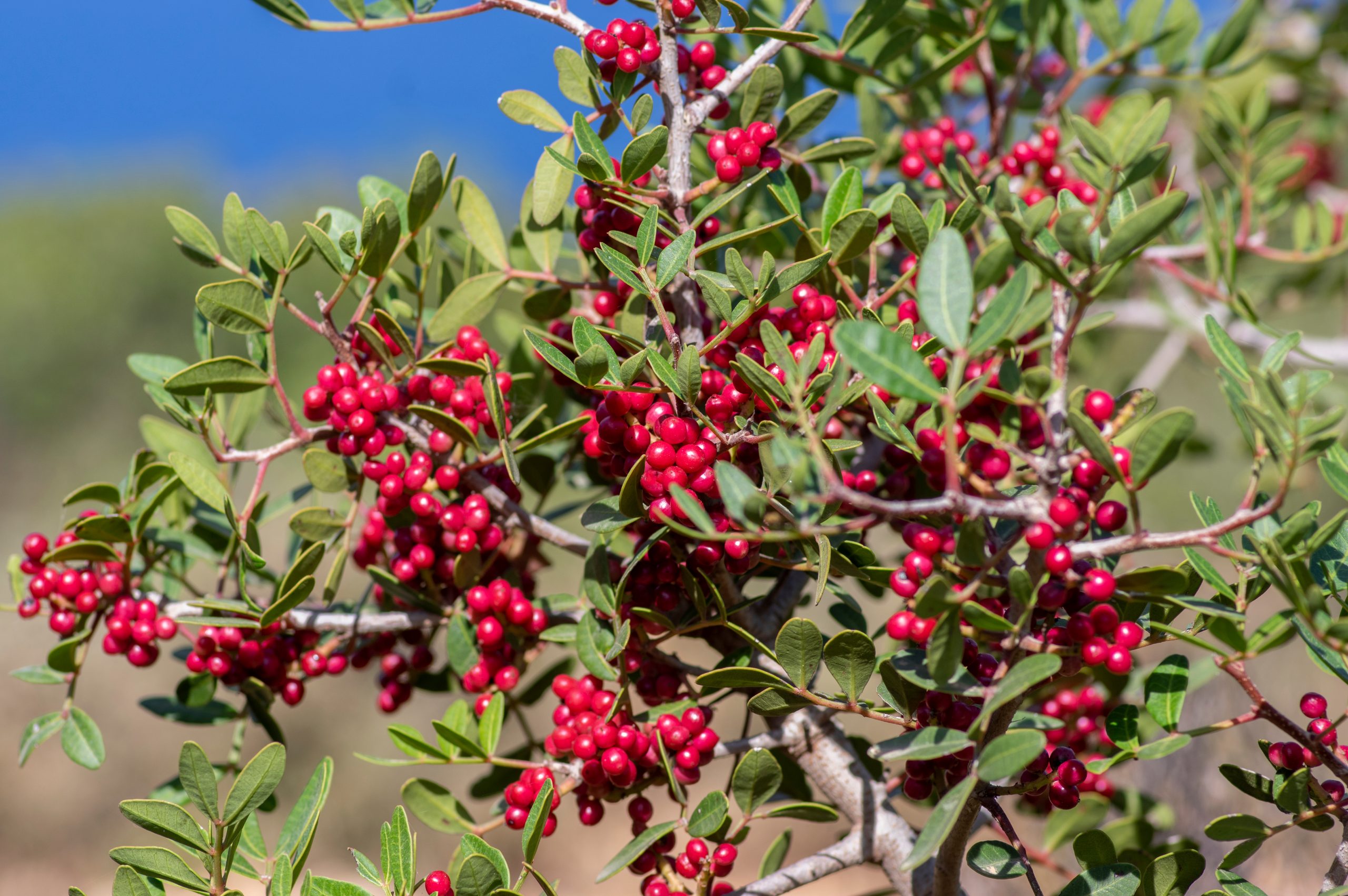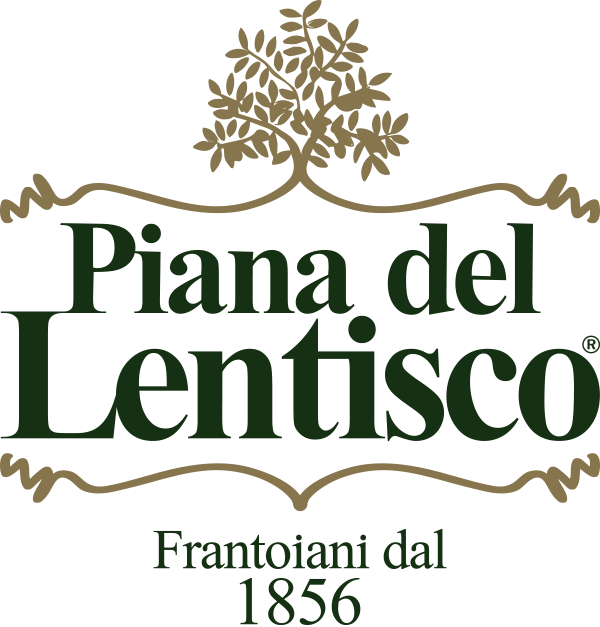
16 Feb Del Lentisco, between sunny plains of suggestions, meanings and memories
Here in Salento, you encounter it when going to the beach, lying on the sand dunes along the Ionian coast and you can see it climbing the steep rocks of the Adriatic side. In rural areas and beyond, in cultivated fields among dry stone walls, next to the traditional stone huts called “pajare,” there is no road, path or coastline where you can’t happen to notice it.
The Mastic tree (Pistacia lentiscus), a typical plant of the Mediterranean scrub, has always populated our territory and manages to survive despite anthropogenic erosion.
Its scientific name is Pistacia lentiscus; in Italian, we can call it lentisk or lentisco. The dialect is rich in variations and creativity: frasca, lentìscu, listìncu, restìncu, ristìncu, stincu, màcchia, macchiòne.
A shrub with a globular, irregular and dense crown, its branches have a horizontal posture typical of “cushion” plants. Its flowers are inconspicuous and grouped in small panicle inflorescences; the leaves emit an intense resinous and aromatic scent. The fruits are small drupes that take on different colors depending on their ripeness, ranging from green to light red, bright garnet red, to dark red, almost black, when fully matured in winter.Since ancient times, humans have benefited from this plant through its various uses. The leaves, rich in tannins, were used for tanning leather, while the young branches served as deodorants and antiperspirants. The oil extracted from the fruits was used by Greeks and Romans as a lamp fuel or for herbal medicine. During times of famine or war, it was even used as a food substitute for the more expensive olive oil, considered more valuable.
From the incised trunks and branches, mastic or “tears” of Chios are still obtained today, emblematic of the Greek island of the same name, and since 1997, it has become a Protected Designation of Origin product.
We drew inspiration from this plant for our name, Piana del Lentisco, because it is considered one of the most valuable species in the Mediterranean scrub, improving the soil, highly resistant to drought and fire, capable of rapidly developing new vegetation even after a fire and enriching poor and bare soils. For us, the mastic tree (Pistacia lentiscus) represents the meaning of our daily life and preserves the memories of our land.
We identify with the mastic tree (Pistacia lentiscus) for its tenacity in inhabiting challenging places, symbolizing resistance to sometimes demanding environmental conditions and rebirth after small and large difficulties.
A quote from the writer Grazia Deledda captures everything that this plant has always represented: “…I will be like the mastic tree, which only for the humble who know its secret hides in its roots the power of fire, and in the wild fruit, the oil for the lamp and ointments…”
A wild shrub, seemingly humble and poor, hiding the precious richness of various useful properties.
We are particularly inspired by some of these qualities: its regenerative strength, tenacity, and resilience, which guide us to work towards improving the environment we live in and preserving its beauty.
Sources
– P. Medagli, R. Accogli, A. Turco, V. Zuccarello, A. Albano, Fiori spontanei del Salento. Guida al riconoscimento e alla tutela, Lecce, Edizioni Grifo, 2016;
– Roberto Gennaio, Alberi e frutti spontanei del Salento. Guida al riconoscimento e all’utilizzo, Lecce, Edizioni Grifo, 2016.


